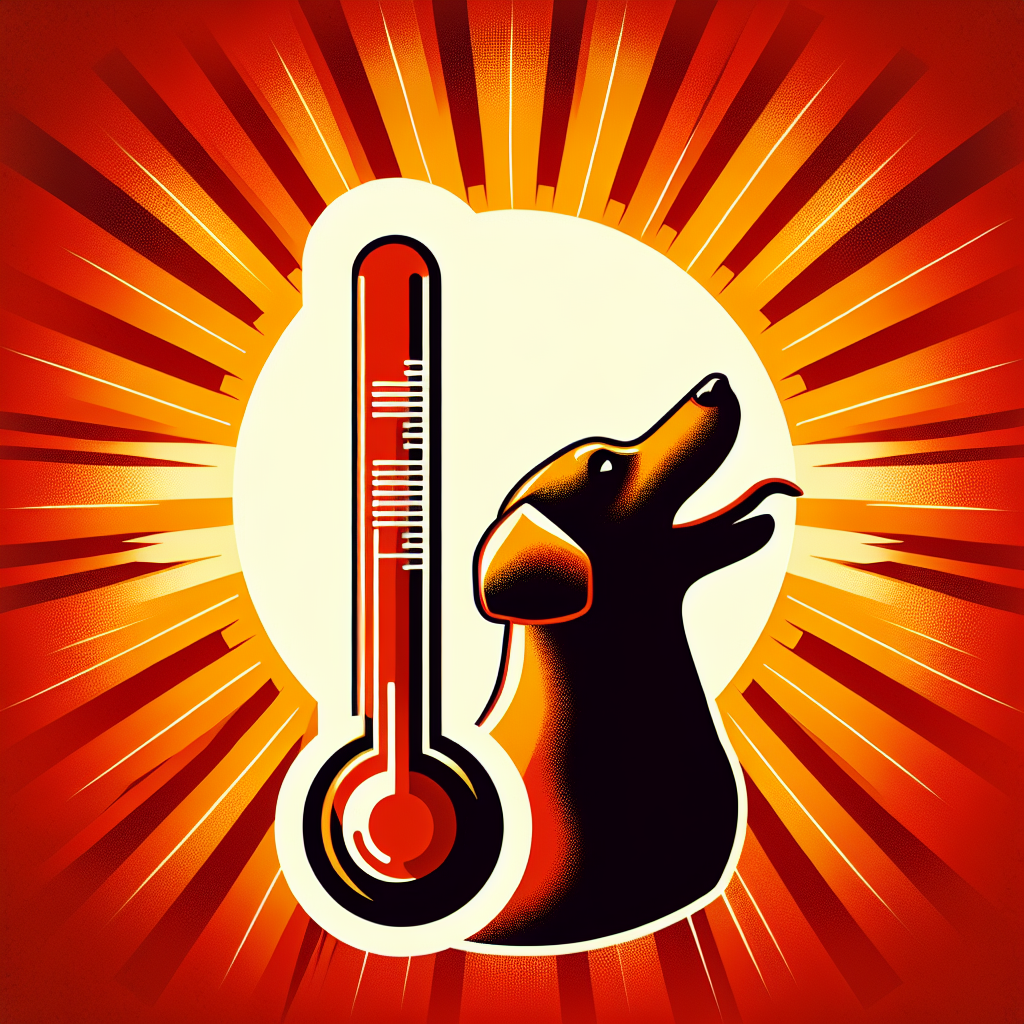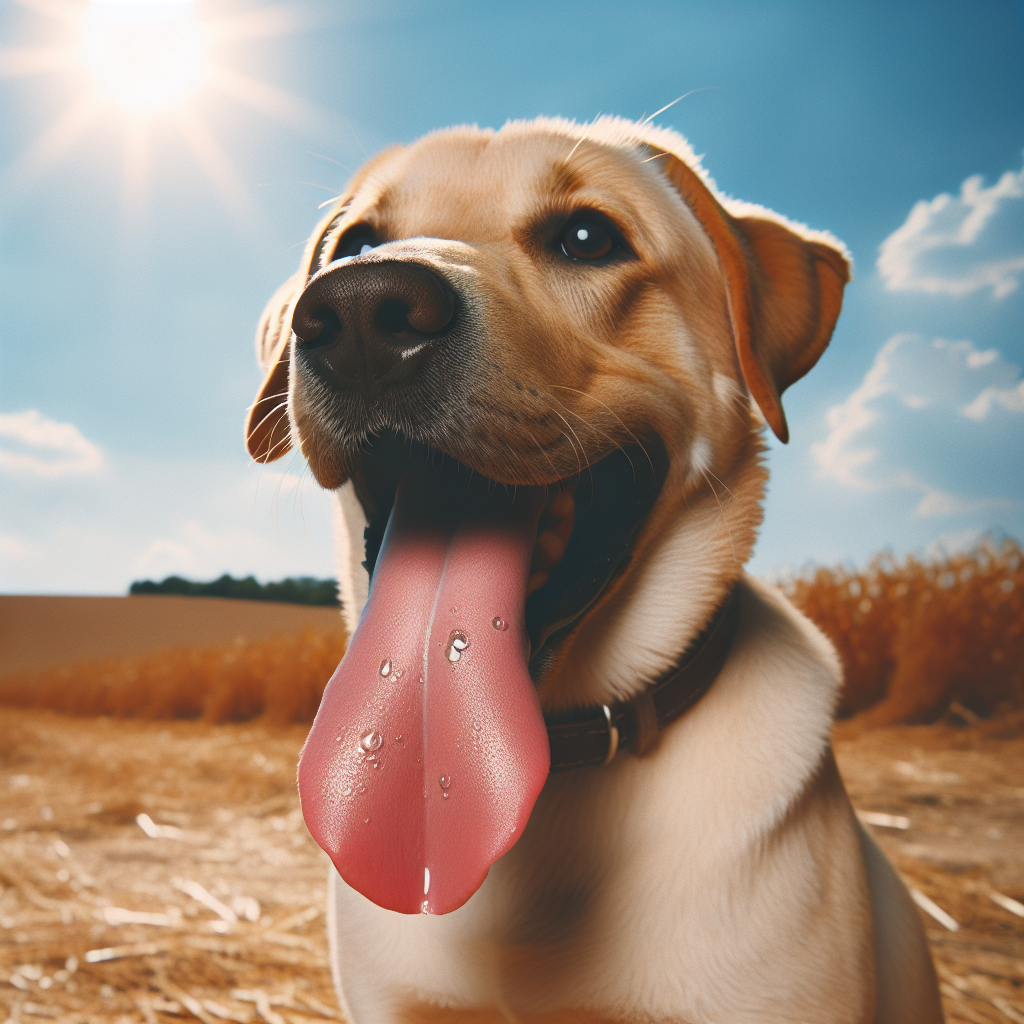If you’re a dog owner, it’s crucial to be aware of the signs of heatstroke in dogs to ensure their safety during the scorching summer months. As temperatures rise, dogs are susceptible to overheating and heatstroke, which can be a life-threatening condition if not detected early. Understanding these signs can help you provide immediate care and prevent any potential emergencies. Let’s explore the key indicators that could indicate your furry friend is suffering from heatstroke. Heatstroke in dogs is a serious and potentially life-threatening condition that occurs when the body’s internal temperature rises above a safe level. Dogs are particularly vulnerable to heatstroke because they can’t regulate their body temperature as effectively as humans can. It’s important for dog owners to be aware of the signs of heatstroke so they can take immediate action and prevent further complications. In this article, we will outline the various signs of heatstroke in dogs and provide a comprehensive understanding of each symptom.

Excessive Panting and Drooling
One of the most obvious signs of heatstroke in dogs is excessive panting and drooling. Dogs rely on panting as a mechanism to cool themselves down, so if you notice your dog panting heavily and excessively, it could be a sign that they are struggling to regulate their body temperature. Additionally, excessive drooling is another indicator of heatstroke. As the body tries to cool itself, dogs may produce an excessive amount of saliva, causing them to drool more than usual. If you observe these signs in your furry friend, it’s important to take immediate action to prevent heatstroke from progressing.
Increased Heart Rate
Another sign of heatstroke in dogs is an increased heart rate. As the body’s temperature rises, the heart works harder to pump blood in an attempt to cool down the body. If you notice that your dog’s heart rate is faster than normal or their chest is visibly heaving, it could indicate heatstroke. Monitoring your dog’s heart rate can be challenging without professional equipment, so it’s essential to look out for other symptoms in conjunction with an increased heart rate.
Vomiting and Diarrhea
Heatstroke can also manifest through vomiting and diarrhea in dogs. As the body temperature rises, it can lead to gastrointestinal distress, causing dogs to have an upset stomach. If you notice that your dog is vomiting or experiencing diarrhea, particularly after being exposed to high temperatures, it could be an indication of heatstroke. While these symptoms can be caused by other factors as well, it’s crucial to consider them in the context of heatstroke if your dog has been exposed to hot weather.
Dizziness and Disorientation
Another concerning sign of heatstroke in dogs is dizziness and disorientation. Heatstroke can affect the brain, leading to neurological symptoms. If your furry companion appears disoriented or has difficulty maintaining their balance, it could be a warning sign. Dogs with heatstroke may stumble or have trouble walking, indicating a compromised neurological function. If you notice these symptoms, it’s crucial to seek veterinary attention immediately to prevent further complications.

Pale or Gray Gums
Monitoring your dog’s gum color is an essential part of assessing their overall health. Pale or gray gums can be a sign of various health conditions, including heatstroke. When a dog is suffering from heatstroke, the body redirects blood flow away from the extremities and towards vital organs, resulting in pale or gray gums. This change in gum color is a clear indication that immediate intervention is needed. If you lift your dog’s lip and notice that their gums are pale or gray, seek veterinary assistance without delay.
Collapse or Loss of Consciousness
In severe cases of heatstroke, dogs may experience collapse or a complete loss of consciousness. This is an extremely critical sign and requires immediate emergency care. If your dog collapses or becomes unresponsive, it indicates that their body is overwhelmed and unable to regulate its temperature effectively. Time is of the essence in these situations, so contact your veterinarian or emergency clinic right away for guidance on how to proceed.

Seizures
Heatstroke can also trigger seizures in dogs. Seizures occur when there is abnormal electrical activity in the brain, and they can be brought on by the body’s inability to regulate its temperature properly. If your dog experiences seizures, it’s crucial to keep them as comfortable as possible and seek immediate veterinary attention. Seizures can be extremely distressing for both you and your pet, and prompt medical intervention is essential for their well-being.
Muscle Tremors
One lesser-known sign of heatstroke in dogs is muscle tremors. Heatstroke can cause the muscles to twitch or tremor involuntarily. If you notice your dog’s muscles twitching or shaking, particularly in conjunction with other heatstroke symptoms, it’s vital to prioritize their cooling and seek veterinary assistance. Monitoring their body temperature is crucial, as excessive tremors can worsen their condition and contribute to further complications.

Excessive Thirst
Another indicator of heatstroke in dogs is excessive thirst. When dogs are overheated, their bodies try to compensate by increasing their water intake. If your dog is constantly seeking water or appears to be drinking more than usual, it could be a sign of heatstroke. While it’s important for dogs to stay hydrated, excessive thirst in conjunction with other heatstroke symptoms should be taken seriously and addressed promptly.
Elevated Body Temperature
Last but certainly not least, an elevated body temperature is a definitive sign of heatstroke in dogs. A dog’s normal body temperature ranges between 100.5°F and 102.5°F (38°C – 39.2°C). When a dog is suffering from heatstroke, their body temperature can rise above 104°F (40°C) and even surpass 106°F (41.1°C) in severe cases. Measuring your dog’s body temperature using a rectal thermometer is the most accurate method. If you observe a significantly elevated body temperature, it is essential to seek immediate veterinary care as heatstroke can be life-threatening.
In conclusion, recognizing the signs of heatstroke in dogs can be crucial in preventing further complications and potentially saving their lives. From excessive panting and drooling to an elevated body temperature, each symptom provides valuable insights into your dog’s condition. Remember to monitor your dog closely during hot weather, provide ample shade and water, and never leave them in a car unattended. By being vigilant and knowledgeable about heatstroke symptoms, you can act swiftly and appropriately to keep your beloved furry friend safe and healthy.





